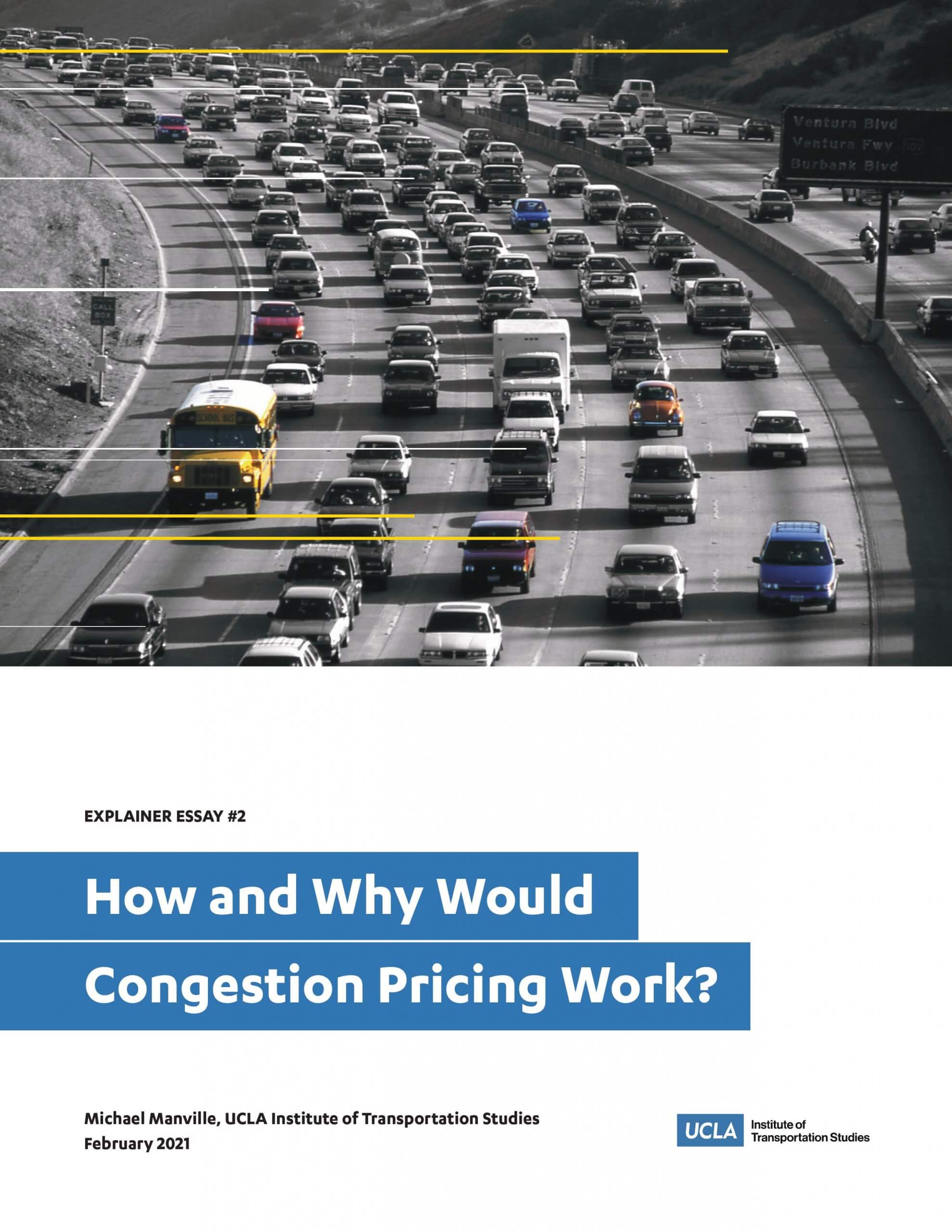Date: February 1, 2021
Author(s): Michael Manville
Abstract
Transportation scholars regularly argue that congestion pricing is the only reliable way to reduce road traffic congestion. The public often resists this advice, often out of confusion about how pricing would work, concern about whether it would be fair, and a belief that some other, less politically-explosive approach might work just as well. This explanatory essay addresses some of those common concerns.
About the Project
In California, driving is cheap and housing is expensive, and both these facts impede the state’s progress toward sustainability, safety and affordability. Efforts to solve these problems, however, often operate on parallel tracks: bold plans to increase housing production say little about congestion, and plans to address congestion rarely discuss the housing crisis. While these omissions are often understandable, they create a situation where policy proposals to solve one problem often flounder on concerns about the other one. Proposals to allow more development, even near transit, encounter resistance from neighbors concerned that development will bring congestion. Similarly, proposals to price roads encounter resistance based on the concern that California is already extremely expensive, and people have to live far from where they work because of the housing crisis. Somehow this policy gridlock must be resolved, if California will meet its stated goals of reducing VMT, reducing emissions, and building millions of units of housing.


